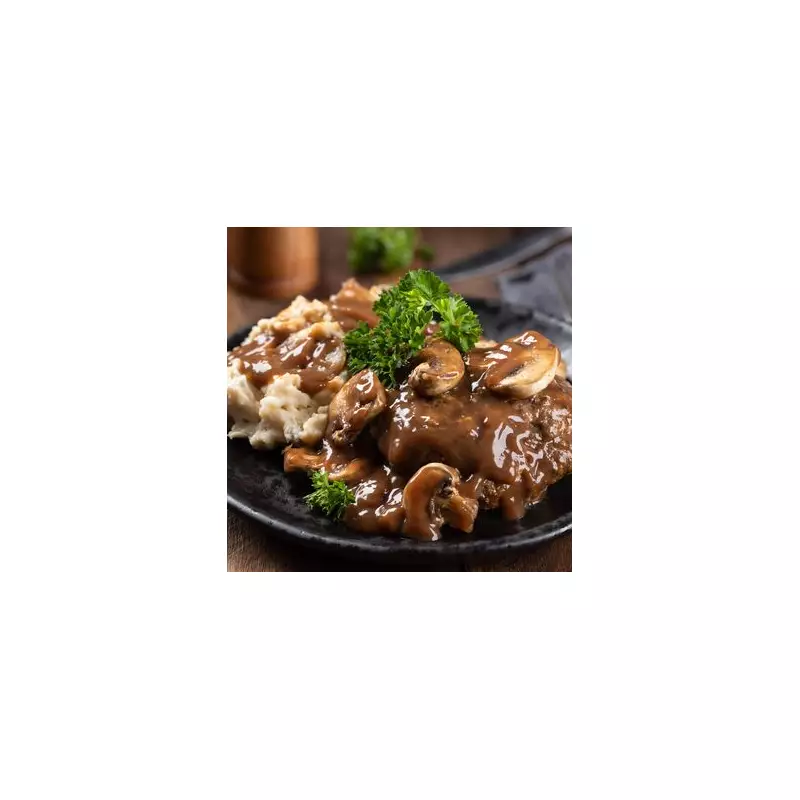
Forget everything you thought you knew about making scrambled eggs. That rubbery, dry disappointment that often appears on your plate is a thing of the past. We went straight to the source, asking three acclaimed UK chefs to divulge their ultimate secrets for creating the most heavenly, fluffy, and indulgent scrambled eggs imaginable.
The Golden Rule: Low and Slow Wins the Race
All three culinary experts were in unanimous agreement on one fundamental principle: patience is non-negotiable. The number one mistake home cooks make is cranking up the heat. High heat is the enemy of delicate eggs, causing them to seize up, release water, and become tough.
'The key is gentle, indirect heat,' one chef emphasises. 'You're not frying an egg; you're coaxing it into a soft, creamy curd. It should be a leisurely process, not a race.'
Chef Secret #1: The Double Pan Method (Bain-Marie)
One chef swears by a professional technique known as a bain-marie, or water bath. This involves placing a heatproof bowl containing your egg mixture over a saucepan of gently simmering water.
Why it works: This method provides the most gentle and even distribution of heat possible, completely eliminating the risk of scorching or overcooking. It requires no constant stirring and guarantees a supremely silky, custard-like texture that is simply impossible to achieve in a direct-heat pan.
Chef Secret #2: The Continuous Stir
Another top chef advocates for the classic pan method, but with a critical technique. The constant, gentle stir is everything. Using a rubber spatula or a wooden spoon, you must keep the eggs moving almost constantly as they cook.
'You're aiming for small, soft curds to form gradually,' they explain. 'As soon as you see those creamy curds and the mixture thickens to your liking, get them out of the pan and onto the toast immediately. They will continue to cook from the residual heat.'
The Ultimate Ingredient Debate: Butter, Cream, or Milk?
This is where the chefs' opinions diverged, each having a strong preference for their chosen fat:
- Butter Purist: 'I use a generous amount of cold butter, diced and added right at the beginning with the raw eggs. It emulsifies into the mixture as it cooks, creating unparalleled richness and flavour without making them greasy.'
- Cream Advocate: 'A splash of double cream added towards the end of cooking is my trick. It stops the cooking process dead, cools the eggs down, and introduces a luxurious decadence that is just sublime.'
- Milk Minimalist: 'I don't use any. For me, it's just high-welfare eggs, a knob of good butter, and seasoning. Why dilute that beautiful egg flavour?'
The Final, Non-Negotiable Tip
All three chefs ended with the same crucial piece of advice: SEASON AT THE END. Adding salt too early breaks down the eggs before they hit the heat, leading to a watery, greyish scramble. Always add your salt and pepper at the very end, just before serving, for the perfect texture and colour.
So, there you have it. The path to scrambled egg glory is paved with low heat, patience, and a choice of luxurious fat. Ditch the rushed, high-temperature method and embrace the chef's way. Your breakfast will never be the same again.





